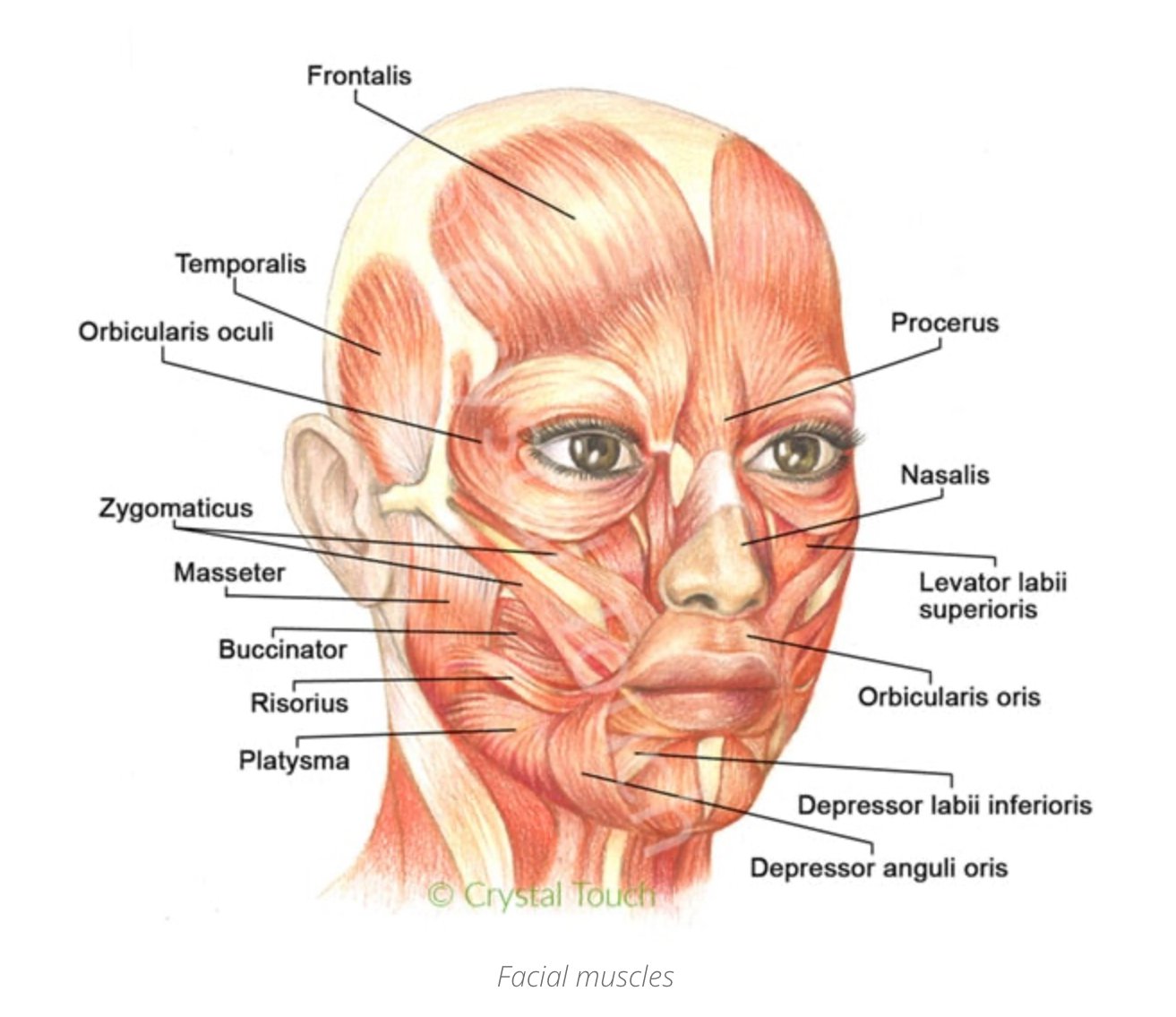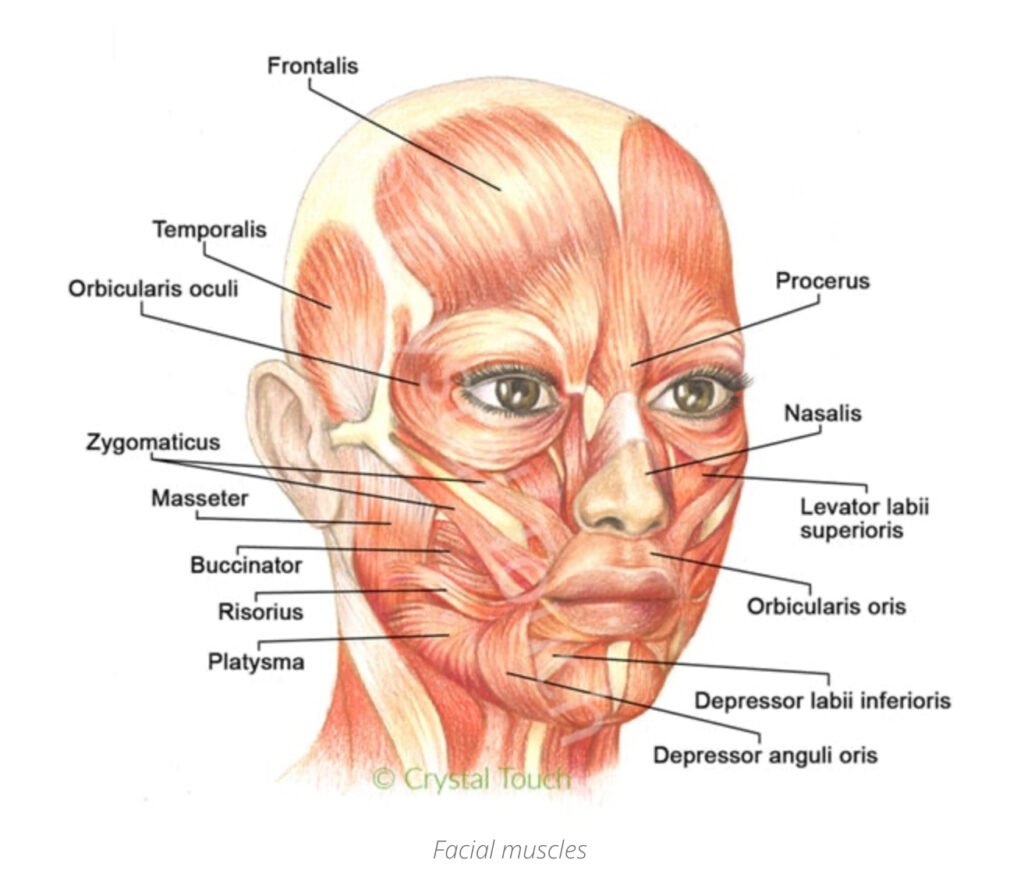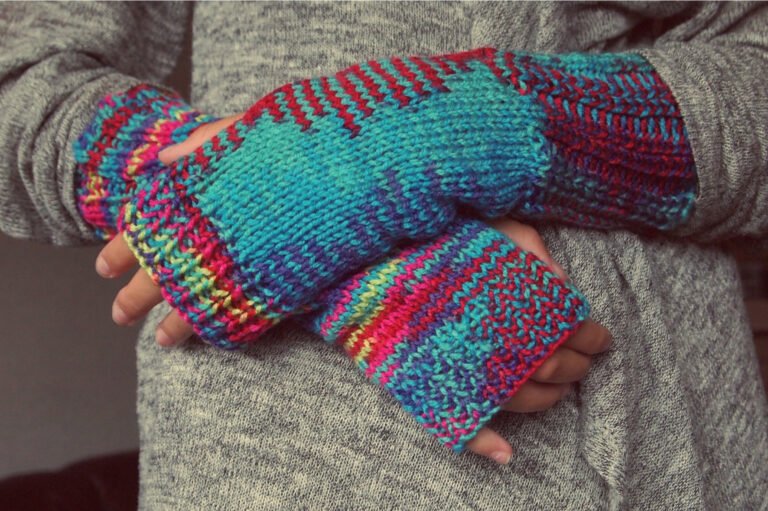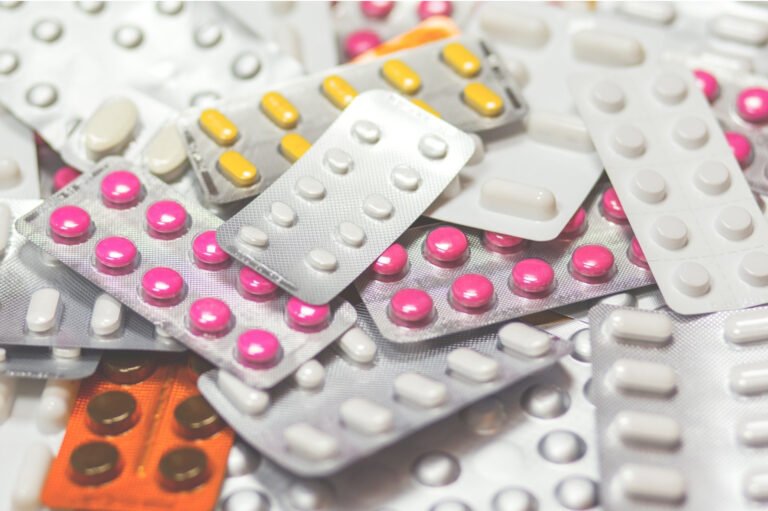How physical therapy and facial exercise may improve facial paralysis and improve nerve function?


Physical therapy and facial exercises are key components in the recovery process for individuals with facial nerve palsy (e.g., Bell’s palsy), or other conditions causing facial paralysis. These exercises aim to restore facial muscle strength, improve nerve function, and prevent long-term complications like muscle stiffness or synkinesis (unintended facial movements). Here’s a detailed breakdown of what can be done and how:
1. Facial Exercises
Facial exercises are designed to retrain the muscles of the face and restore movement. These exercises target the different muscle groups innervated by the facial nerve (Cranial Nerve VII) and are performed regularly to help rebuild muscle control.
a) Eye Area (Orbicularis Oculi):
This group of exercises focuses on restoring eyelid closure and blinking.
- Exercise 1: Gentle Eye Closing:
- Sit in a relaxed position.
- Slowly try to close your eyes as if you’re going to sleep.
- Hold the closed position for a few seconds and then gently open your eyes.
- Repeat this 10–15 times, 3–4 times a day.
- Exercise 2: Eyebrow Raise:
- Try to raise your eyebrows as if you are surprised.
- Hold for a few seconds and release.
- Repeat 10–15 times.
- If one eyebrow has trouble raising, you can use your finger to manually assist in lifting the eyebrow until muscle control improves.
b) Mouth and Cheek Area (Orbicularis Oris, Buccinator, and Zygomaticus):
These exercises focus on improving smiling, frowning, and lip control.
- Exercise 1: Smile Practice:
- Sit in front of a mirror.
- Try to smile as evenly as possible, starting with a small grin and working up to a full smile.
- Focus on symmetry—if one side is weaker, you can gently use your fingers to help lift the corner of the mouth on that side.
- Hold the smile for 5 seconds, relax, and repeat 10–15 times.
- Exercise 2: Pucker Lips:
- Try to pucker your lips as if you are blowing a kiss or blowing out a candle.
- Hold the puckered position for 5 seconds and then relax.
- Repeat 10–15 times.
- Exercise 3: Cheek Puffing:
- Take a deep breath and try to puff up your cheeks with air.
- Hold the air in for a few seconds, trying not to let air escape.
- Slowly release the air.
- Repeat 10–15 times.
c) Lip Area (Orbicularis Oris):
These exercises help restore lip movements, important for eating and speaking.
- Exercise 1: Lip Stretch:
- Stretch your lips by saying “eee” as if you are smiling.
- Hold for 5 seconds and relax.
- Then say “ooo”, puckering your lips like you’re whistling.
- Alternate between “eee” and “ooo” 10–15 times.
- Exercise 2: Lip Retraction:
- Using a mirror, try to retract your lips so that your teeth are visible, as if you’re baring your teeth.
- Hold for a few seconds, then relax.
- Repeat this movement 10–15 times.
2. Massage Therapy
Massage therapy helps promote blood circulation, prevent muscle stiffness, and reduce the risk of muscle contractures (shortening and tightening). It also stimulates the facial muscles while the nerve is healing, promoting a healthier recovery.
a) Self-Massage Techniques:
You can perform gentle massages at home to stimulate the muscles and prevent stiffness. It’s important to always massage in a gentle and controlled manner, without pulling or pressing too hard on the skin.
- Step 1: Warm-Up Massage:
- Wash your hands thoroughly.
- Apply a light oil (e.g., coconut or olive oil) or facial moisturizer to your face to reduce friction.
- Using your fingertips, gently stroke upwards from your jawline towards your cheeks in a circular motion. Do this 10–15 times.
- Then, stroke upward along your forehead toward your hairline in circular motions, repeating the process.
- Step 2: Cheek and Jaw Massage:
- Place your thumb under your chin and your fingers on your cheek.
- Gently massage your jawline using small circular movements, moving toward the ear.
- Then massage your cheeks, using the same gentle circular motions. Repeat for a few minutes.
- This can help alleviate tension and stiffness in the affected areas.
- Step 3: Eyebrow and Forehead Massage:
- Using your fingertips, start at the center of your forehead and move outward in gentle strokes toward your temples.
- Use a circular motion on your temples to help with any tension.
- You can also use your fingers to gently lift the eyebrows, massaging the area above the eyes.
b) Professional Massage Therapy:
In more severe cases, you may benefit from seeing a licensed physical therapist or massage therapist experienced in treating facial palsy. They can use advanced techniques to stimulate the facial muscles and prevent contractures. This might include manual lymphatic drainage or trigger point therapy to release muscle tension.
3. When to Start Therapy
It’s generally recommended to start facial exercises and massage therapy as soon as possible, under the guidance of a healthcare professional. Early intervention helps prevent muscle atrophy (wasting) and stiffness that can occur due to disuse.
However, in the acute phase of Bell’s palsy, it’s important to be cautious. Too aggressive an approach early on can strain the muscles, so gentle exercises are best at first, and intensity can be gradually increased as nerve function improves.
4. How Often to Perform These Therapies
- Facial exercises should be performed at least 2–3 times a day to maximize recovery. Each session can last around 10–20 minutes, focusing on different muscle groups.
- Massage therapy can be performed daily, particularly before or after facial exercises, to relax the muscles and enhance circulation.
5. Advanced Techniques for Recovery:
If regular facial exercises and massage are not enough, additional techniques such as biofeedback (which uses visual or auditory signals to help you control muscle movements) or electrical stimulation (which sends small electrical pulses to the muscles to activate them) may be recommended. These should be done under the supervision of a physical therapist.
Conclusion:
- Facial exercises target the specific muscles affected by the paralysis, promoting strength and coordination.
- Massage therapy reduces stiffness and stimulates healing by improving circulation and relaxing facial muscles.
- Both treatments should be done consistently, ideally under the guidance of a healthcare provider, for the best recovery results.








